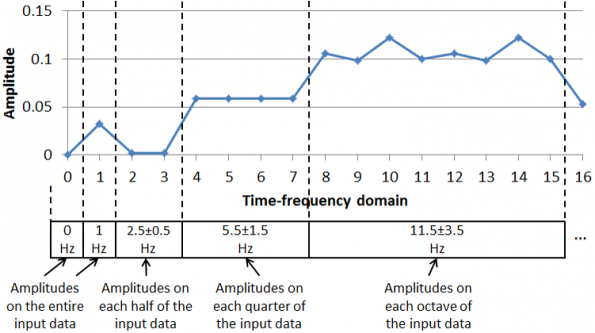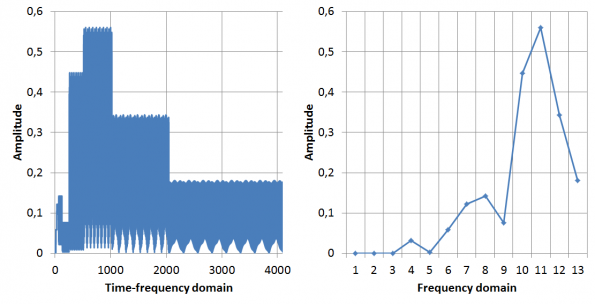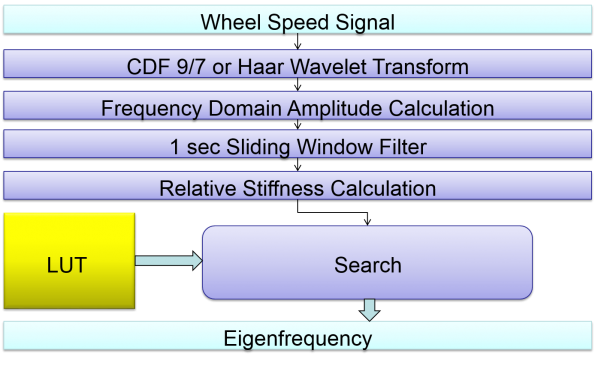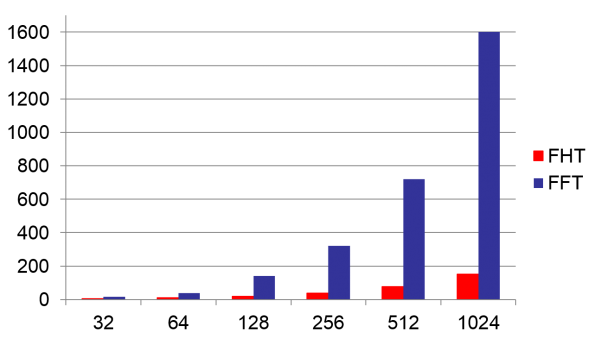Frequency Analysis Based Tire Pressure Monitoring
Introduction
The tire pressure has significant influence on the safety and the energy/fuel consumptions of the vehicles. Therefore the Tire Pressure Monitoring Systems and the related methods are one of the most evolving areas.
The aim of the research is to analyze how can be increased the efficiency of the frequency analyzing based tire-pressure monitoring systems with the application of distinct signal processing methods. Based on the literature survey various techniques were selected to deeper examination such as Fast Fourier (FFT), Fast Cosine (FCT), Fast Cohen-Daubechies-Feauveau (CDF) 9/7 Wavelet and the Fast Haar Transforms; and a Wavelet and a Haar Transform based method have been introduced to estimate efficiently the eigenfrequency.
Problems
- Environmental impacts: lower tire pressure increases fuel consumption and can lead to loss of traction
- Safety issues: nearly 30% of traffic accidents caused by flat tires
- Tire pressure monitoring became mandatory equipment
- Indirect deflation detection, beginning from 2012 any car has to contain DDS
Motivation
- Development of a software sensor that is able to compute the wheel pressure based on new methods.
- Considered methods
- Fourier-transformation
- Wavelet-transformation
- Walsh-transformation
- Elaboration of simulation environment
Relation of DDS and active safety sytems
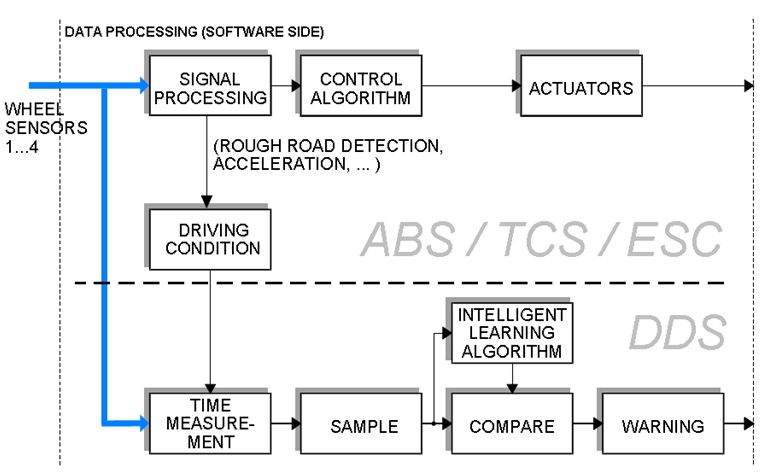
Wavelet Transform
The Wavelet transforms convert the signal from the time domain into the time-frequency domain. The Wavelet transform has discrete (DWT) variation:
Depending on the ψ(t) Mother Wavelet different Wavelet transforms can be defined. Two of these Wavelet Transforms were chosen for deeper analysis. The first one was the Cohen-Daubechies-Feauveau (CDF) 9/7 Wavelet. And the second one was the Haar Wavelet.
Unlike the FFT and FCT provide the amplitude data for every examined frequency; therefore technically it is easy to find the maximum amplitudes. However, in case of Wavelet Transform the time and frequency resolution depends on frequency domain of the wavelet transform
Solution
The fast Wavelet Transform (FWT) is implemented with filter banks. If there is a signal with a given frequency the amplitude of the output signals will vary according to DWT’s output frequency domain and according to the frequency of input signals.
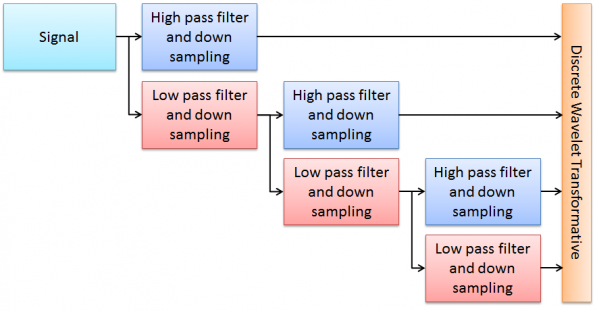
To measure the amplitude of an output signal at a given frequency domain all the time domain related information belonging must be taken in account:
The left side is the original output of the fast Wavelet Transform and the right side is the simplified output.
Algorithm
The wheel speed signals contain noise, therefore, it is important to use a filter for better results. After simplification of the output of the Wavelet Transform the relative stiffness of the frequency domain amplitude can be calculated, and in the final step a search from a Look Up Table can be performed.
Simulation environment
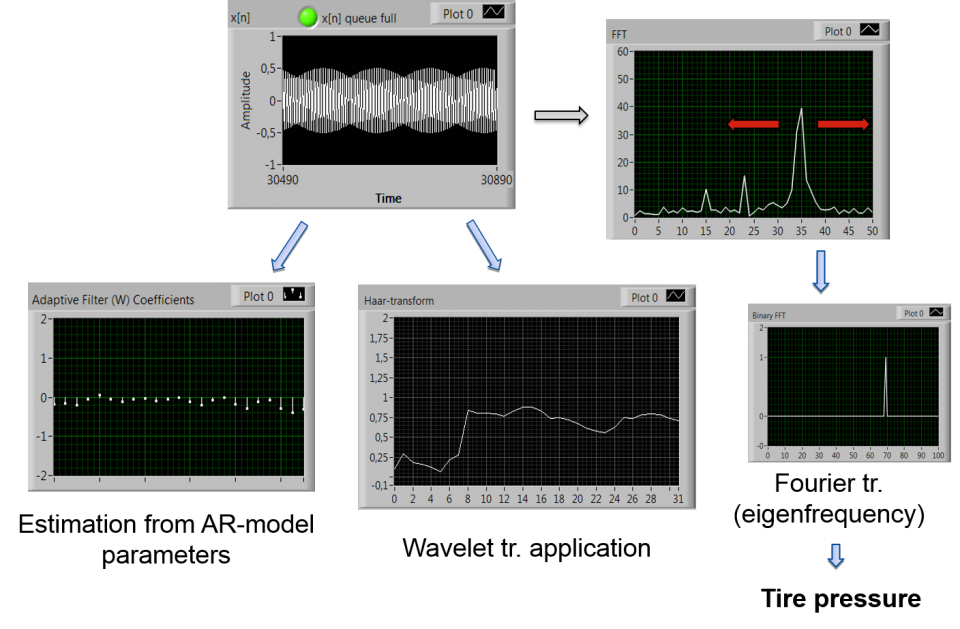

TAMOP-4.2.1/B-09/1/KONV-2010-0003 Mobility and Environment: Researches in the fields of motor vehicle industry, energetics and environment in the Middle- and West-Transdanubian Region. The project was financed by the Hungarian State and the European Union.

